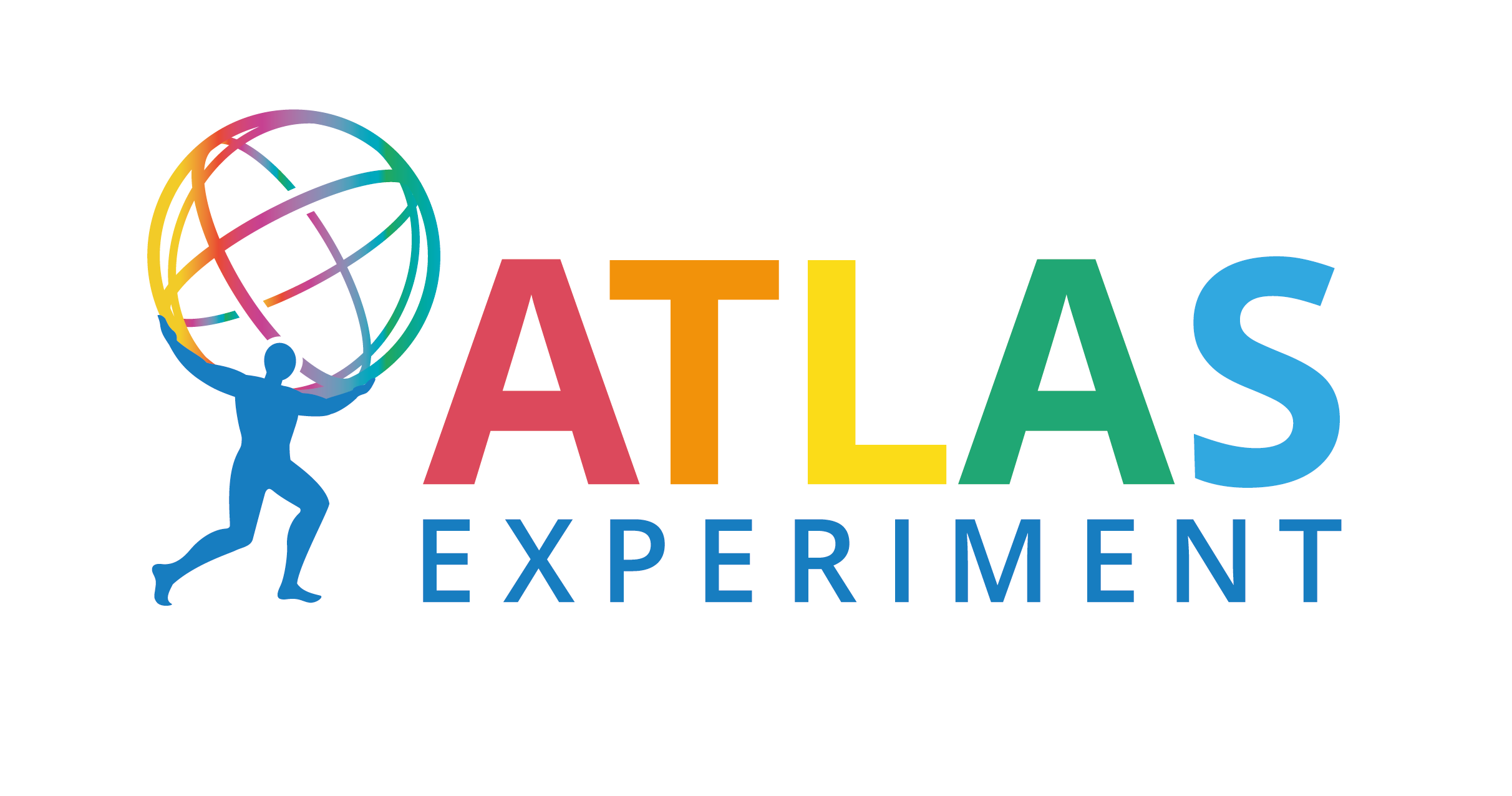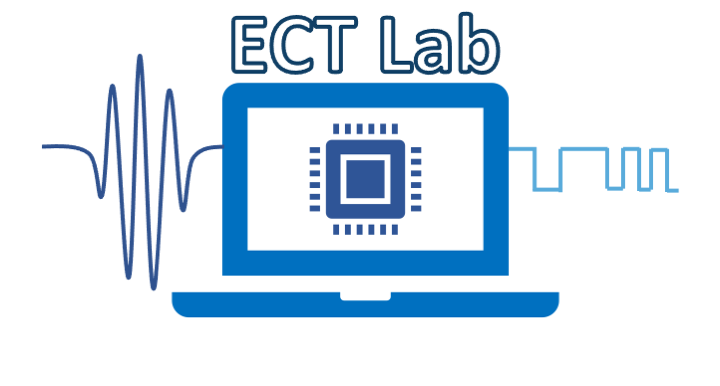 The ATLAS experiment is the largest detector built to date and operates at CERN's Large Hadron Collider (LHC). With a circumference of 27 km, the LHC accelerator lies in a tunnel as deep as 50 to 175 meters beneath the French-Swiss border near Geneva and primarily accelerates two oppositely moving beams of protons having unprecedented energy (7 TeV). The two beams collide at specific points where detectors, such as ATLAS, are positioned to detect the particles produced during the collisions.
The ATLAS experiment is the largest detector built to date and operates at CERN's Large Hadron Collider (LHC). With a circumference of 27 km, the LHC accelerator lies in a tunnel as deep as 50 to 175 meters beneath the French-Swiss border near Geneva and primarily accelerates two oppositely moving beams of protons having unprecedented energy (7 TeV). The two beams collide at specific points where detectors, such as ATLAS, are positioned to detect the particles produced during the collisions.
The accelerator has already undergone the first phase of its upgrade with higher-tech equipment. After its second and most crucial upgrade (expected to be accomplished at the end of 2027), CERN hopes that the resulting new generation accelerator (named High Luminosity-LHC, HL-LHC) will be the next milestone in the research on the matter and the universe, following the discovery of the Higgs particle achieved during the operation of the LHC (Nobel Prize in Physics 2013).
The most critical and ambiguous project of the ATLAS detector's Phase-I upgrade was the New Small Wheels (NSWs). Despite their names, those are two giant wheel-shaped detecting systems, each with a diameter of ten meters and 100 tonnes weight. Each NSW accommodates two novel detector technologies (Micromegas and sTGC) and has about 2.5 million electronic channels for triggering, reading, and transmitting the signals from the recorded particle's trajectories.
The University of West Attica, through the ECTLab, participates as a Technical Associate Institute in the ATLAS collaboration since October 2019.
ECTLab is also participating in the second most decisive upgrade of the ATLAS experiment (ATLAS Phase-II Upgrade project). Its responsibility is to thoroughly assess all functionalities of the new 1572 electronic boards that handle all the 380,000 readout channels of the Muon Spectrometer Resistive Plate Chambers (RPC) detectors that are used mainly to trigger muon particles produced by proton collisions. The detection of muons (particles about 200 times heavier than electrons) is expected to be at the forefront of potential discoveries when the new HL-LHC accelerator starts operating in 2028.

